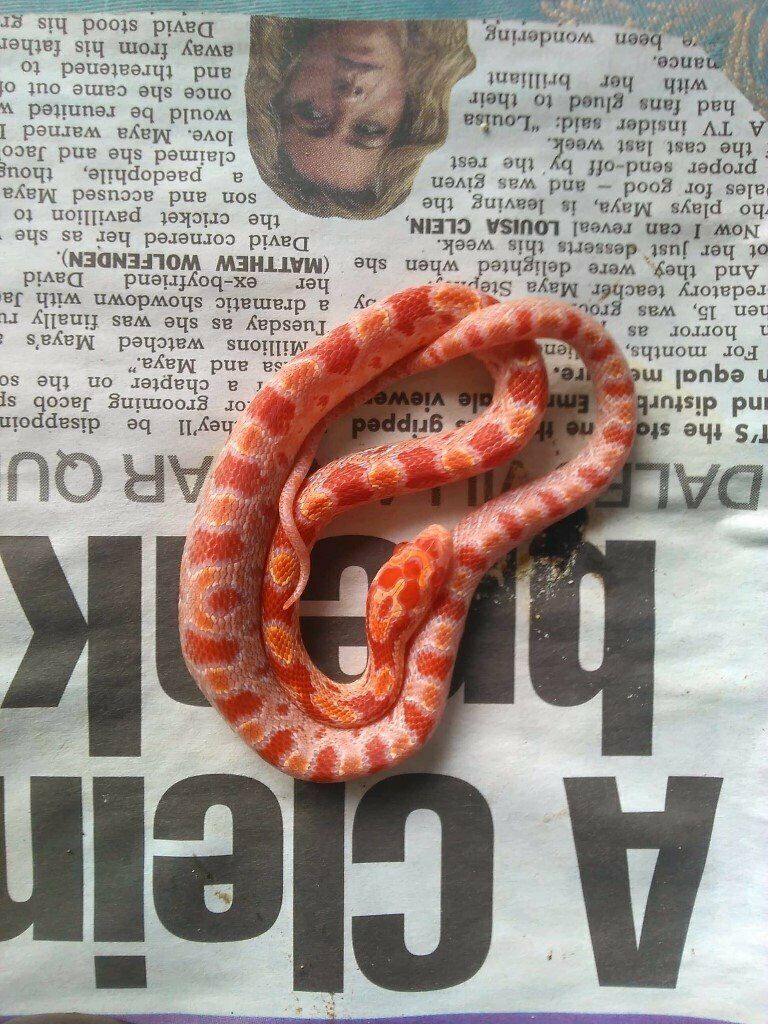£130.00
Out of stock
Description
Horsfield Tortoise Testudo horsfieldii
The Horsefield’s tortoise has a roundish shell (carapace) which is dark brown to olive green in colour. Horsefields differentiate from many other tortoises because they have four claws on their front feet.
Horsefields are quite a small species of tortoise with males reaching only about 16cm (6.5inches) in length, while females are generally larger reaching up to 20cm (8 inches) in some instances.
With appropriate care Horsefield tortoises are very long lived. Reaching the age of 60 years or more is not uncommon.
Tortoises require both an indoor and outdoor enclosure if they are to stay healthy and happy.
Indoor enclosures should be in the form of a tortoise table, which is well ventilated and as large as possible. Tortoises are an active species, so the more room you can allow them the better.
There are a variety of different ways in which to provide sufficient heat and light within the enclosure, but it is important to note that regardless of the type of equipment setup you choose, Horsefield Tortoises require a overhead heat source with temperatures around 29-32°C (84-90°F), with surrounding temperatures around 20°C (68°F) and 12 hours of full spectrum UVA/UVB lighting. They are a diurnal species, so light is not required at night time, and temperatures can also be allowed to drop overnight to simulate the conditions they would be accustomed to in the wild.
The right sort of lighting is critical for the health and well-being of your Horsefield tortoise, as they require UV-B lighting to help their bodies absorb vitamin D3. When choosing appropriate equipment for your Horsefield tortoise enclosure, you must decide whether you are going to provide heat and UVB lighting in one unit or if you are going to run separate devices for creating the required heat and light. All equipment should be readily available from reptile specialist and online suppliers.
Basking lights are appreciated by Horsefield tortoises, who like to bask under a hot heat source during the daytime. A suitable heat emitting bulb can be placed over the enclosure and is quite safe as long as a guard if fitted to ensure your Horsefield Tortoise cannot come into contact with it. Some of these bulbs can provide both sufficient heat and light, so it is important to understand the capabilities of the bulb before using within the enclosure. Additional UVA/UVB lighting may not be required if the bulb you have chosen provides this full-spectrum light. The disadvantages of using these type of bulbs is that they have a relatively short life, so need to be replaced regularly (approximately every 6 months to a year dependant on type of bulb). Using a bulb also means that to provide heat there must always be light. Horsefield tortoises only require a 12 hour photoperiod per day, so it is beneficial to allow them some hours of darkness at night. Luckily Horsefield tortoises are quite tolerate to lower temperatures so a drop to normal room temperature overnight will not harm them.
Another option is to provide heat using a ceramic heat bulb that produces no light, but keeps the ambient air temperature high. This would require you to provide additional UVB lighting during the day to allow your Horsefield tortoise to gain the UVB that it needs to synthesise vitamin D3. Florescent lights are a good source of UVB lighting to use with a separate heat source like a ceramic, because they do not emit too much heat, so should not affect the temperature controls within the enclosure.
All heat sources need to be controlled by a suitable thermostat and be protected by a guard. Heat bulbs usually work well on Dimmer stats, whilst Ceramic heaters require a Pulse Proportional stat. Some thermostats can be purchased that will automatically lower the temperature at night time, but these are usually a little more expensive to buy. On/off timers can also be purchased to control the hours of heat and light, but this is a convenience device and not necessary for the safety of your Horsefield tortoise.
Natural sunlight is also beneficial to your Horsefield tortoise, so an outside enclosure used for grazing in the garden on summer days is essential. The enclosure should be placed in an area that is sunny, but shade should be provided also so that your Horsefield tortoise can hide away if it gets too hot. Some keepers do build a cold frame within the enclosure (wooden frame with clear plastic or toughened glass roof and entry hole on one side) which acts as a mini greenhouse. The temperature within this cold frame can be a fewdegrees higher than outside it, so it allows your Horsefield tortoise to find additional heat and shelter if it requires it.
Additional information
| Weight | 0.5 kg |
|---|
You must be logged in to post a review.





Reviews
There are no reviews yet.